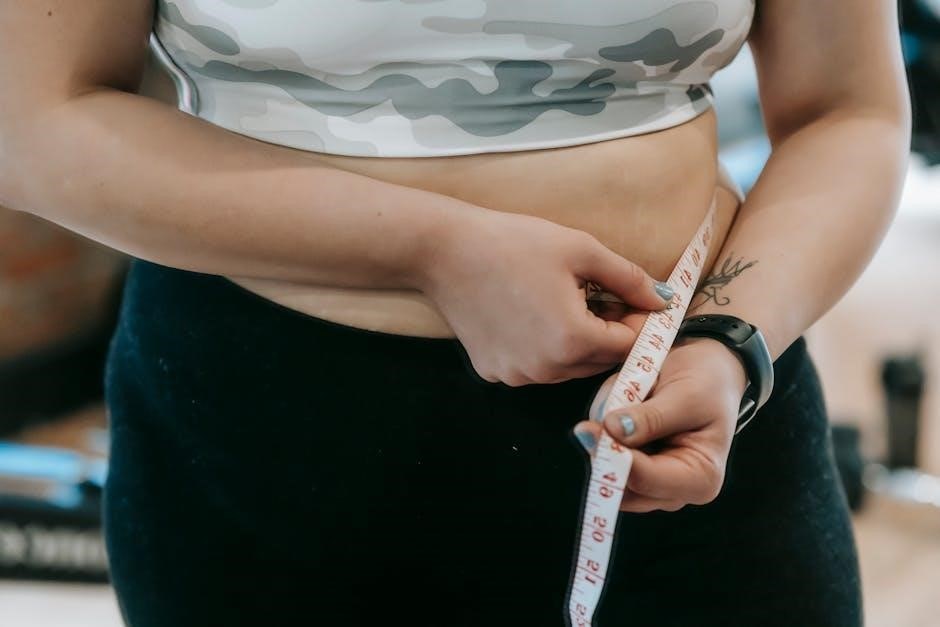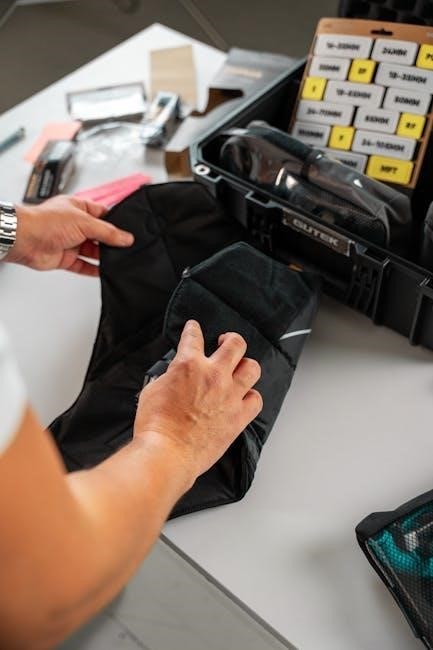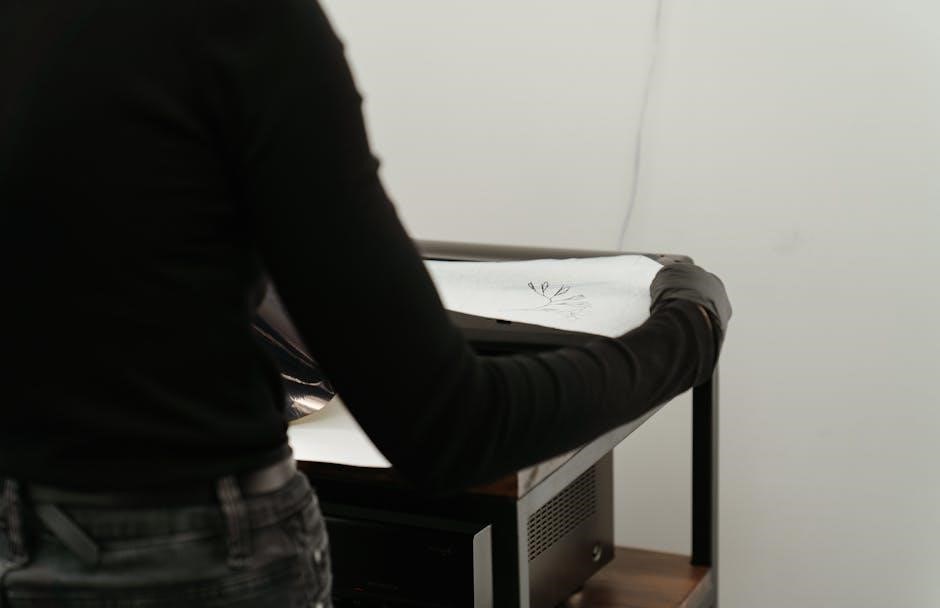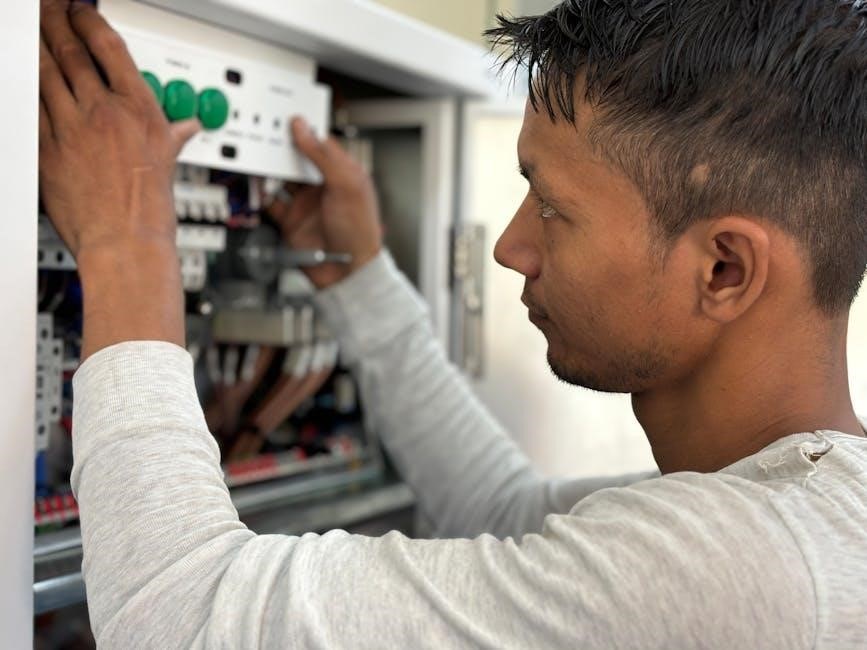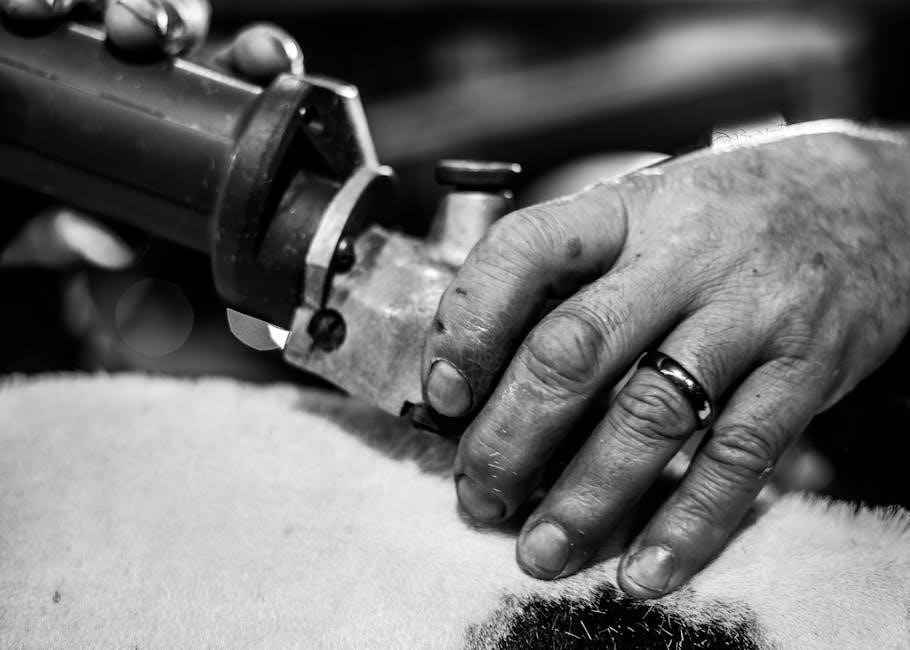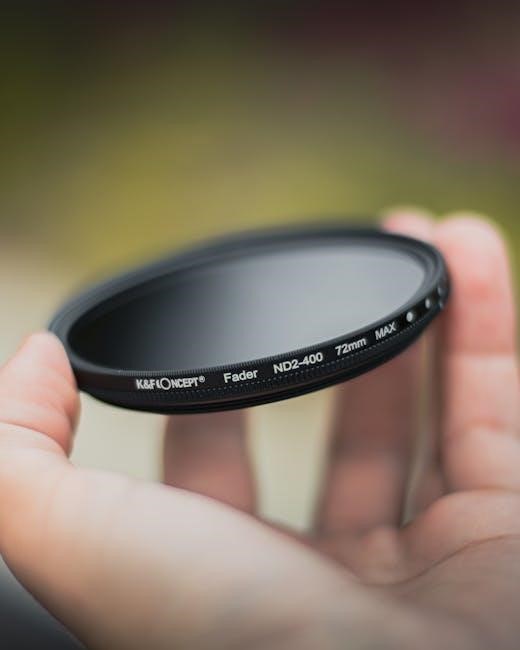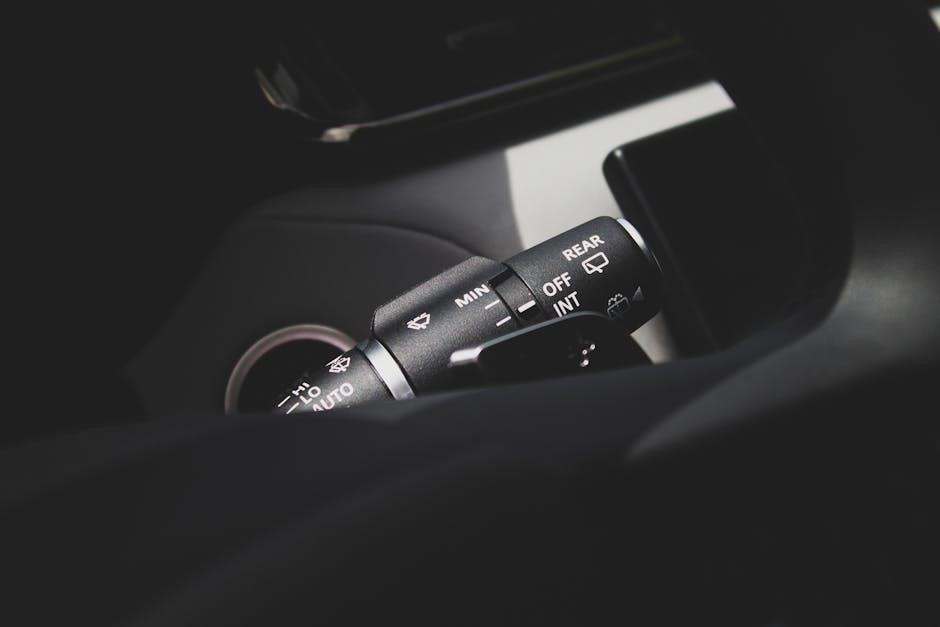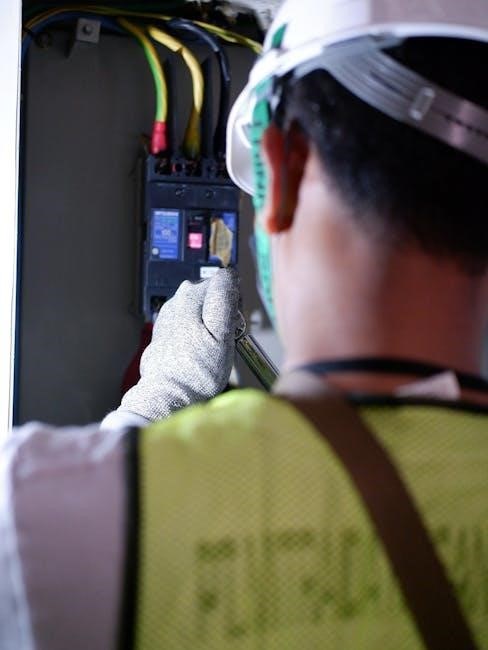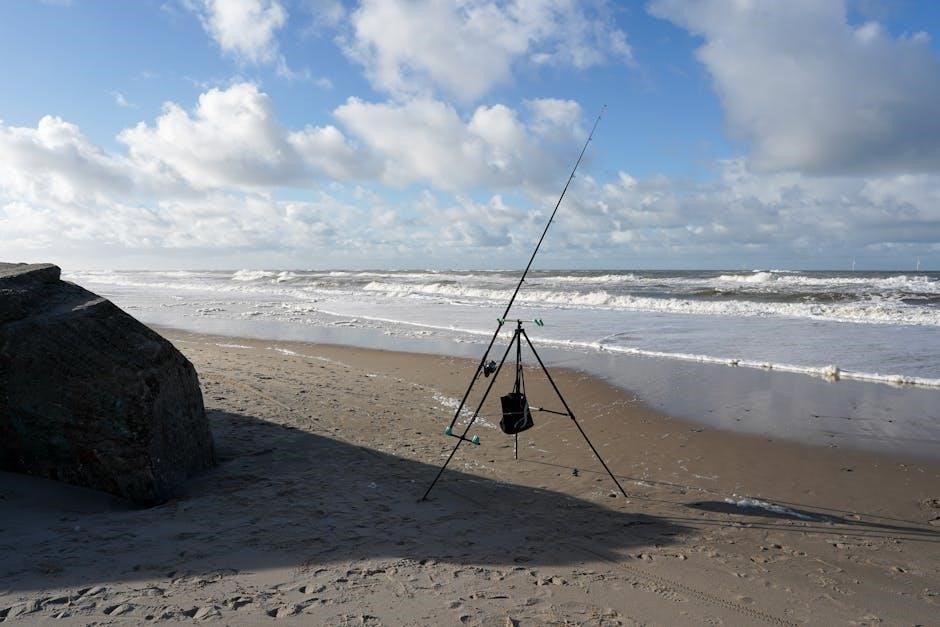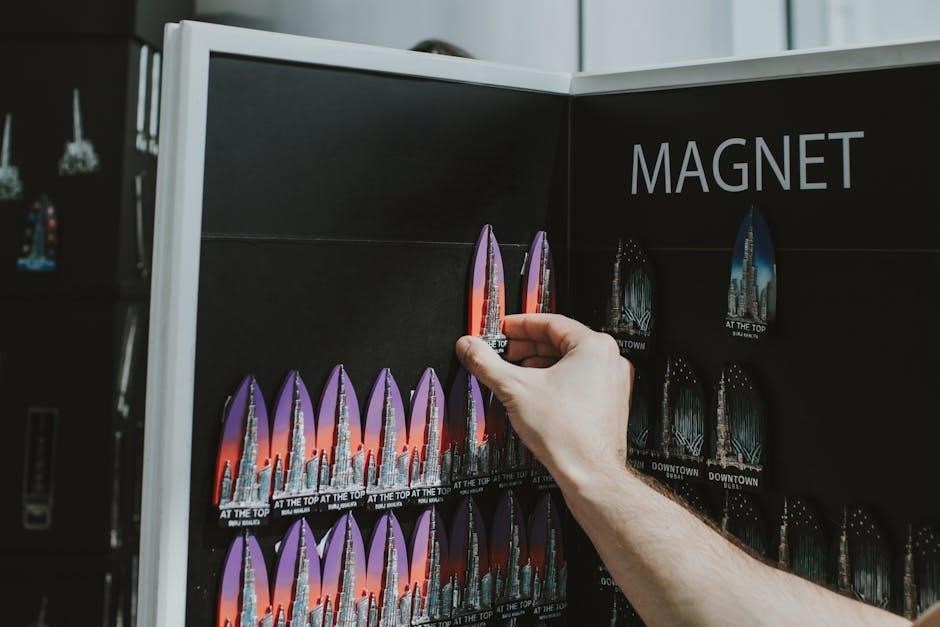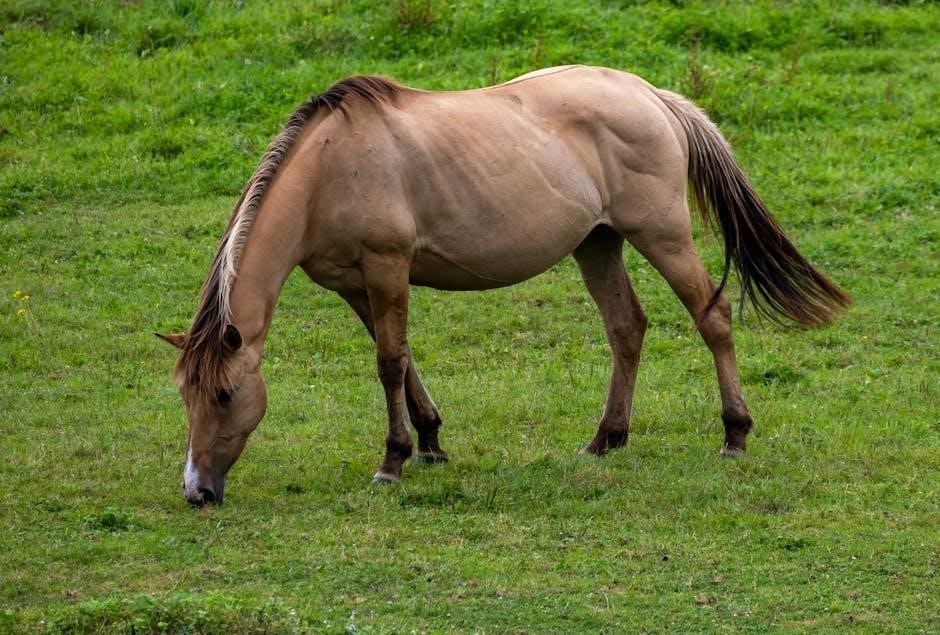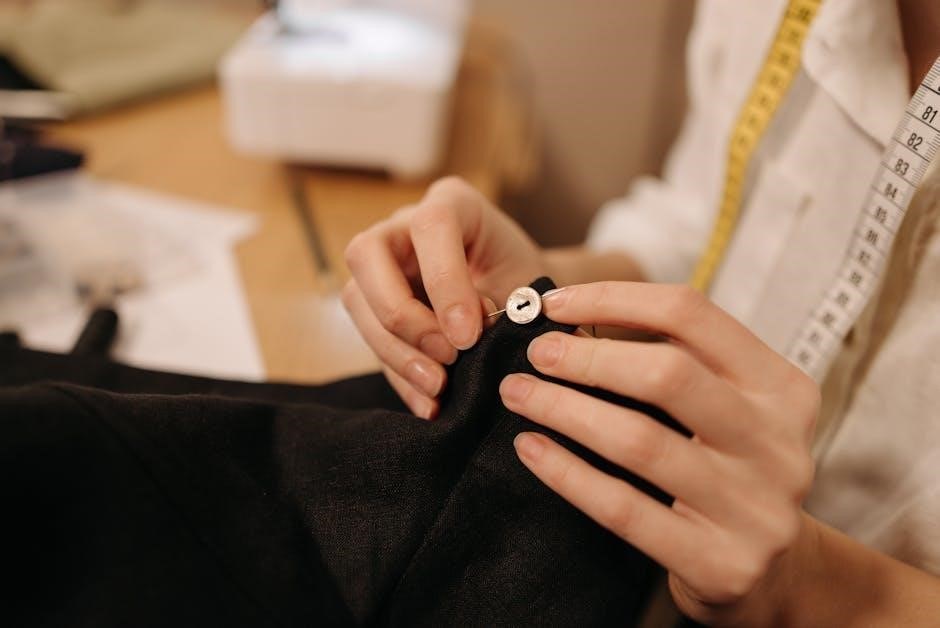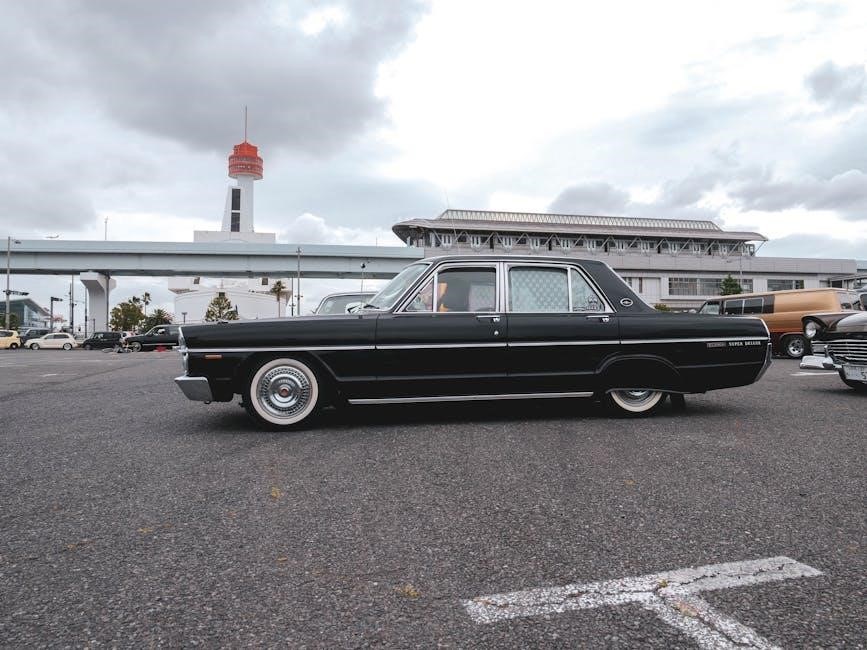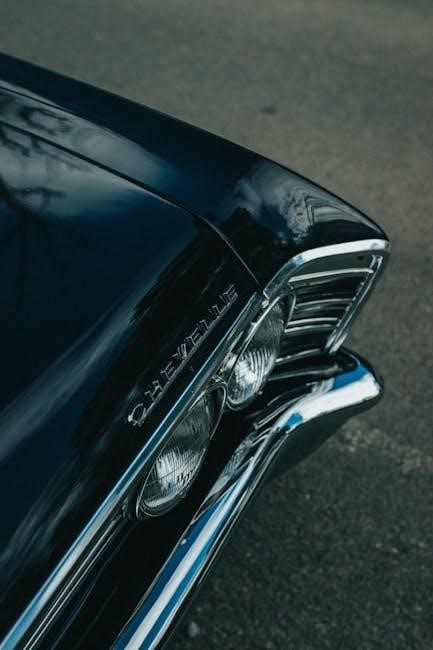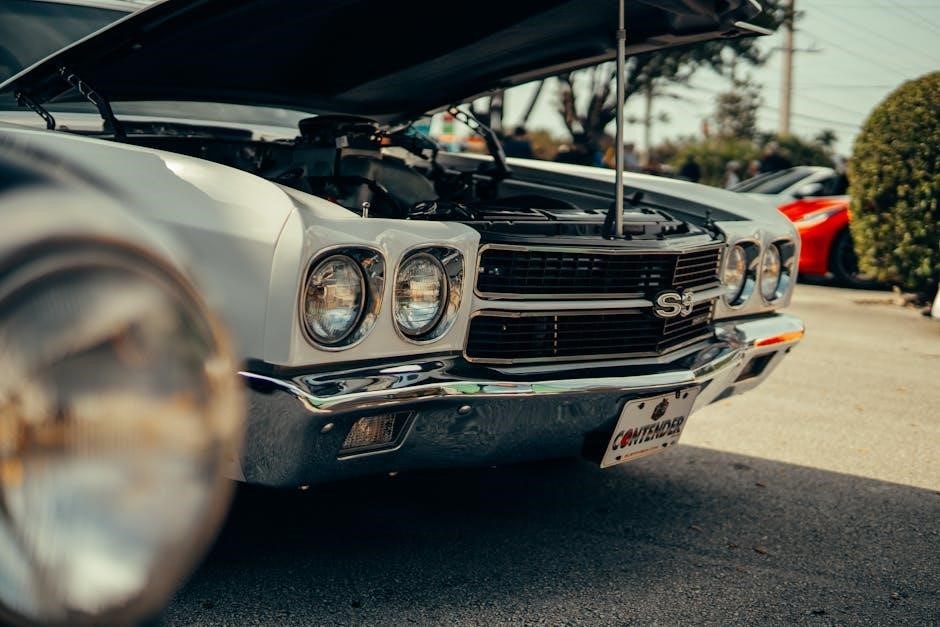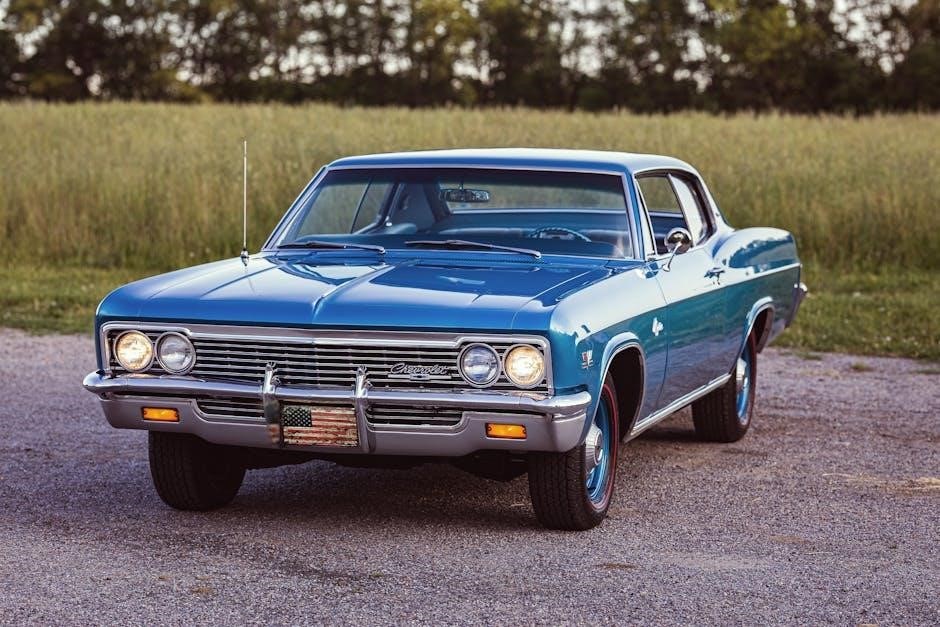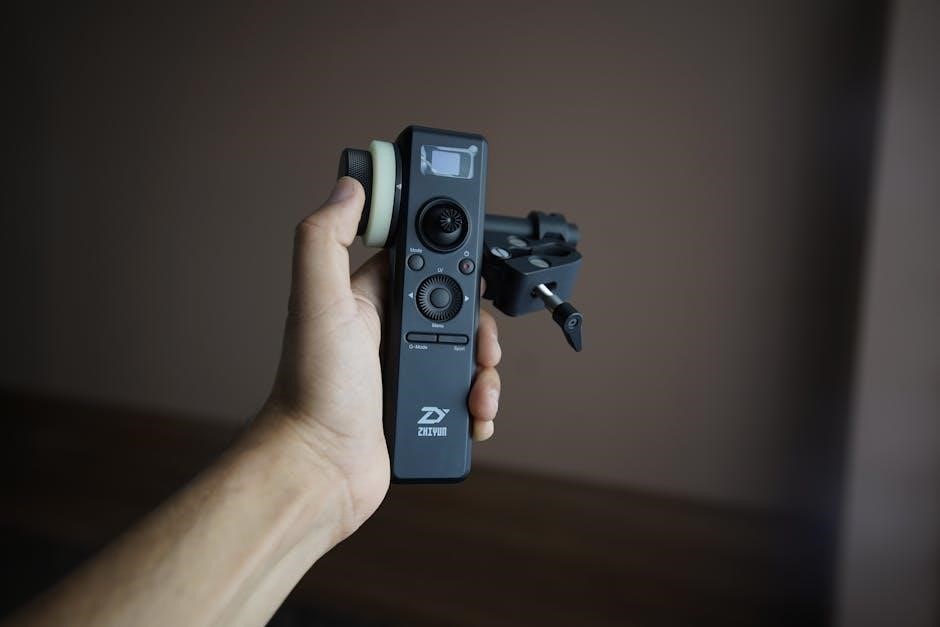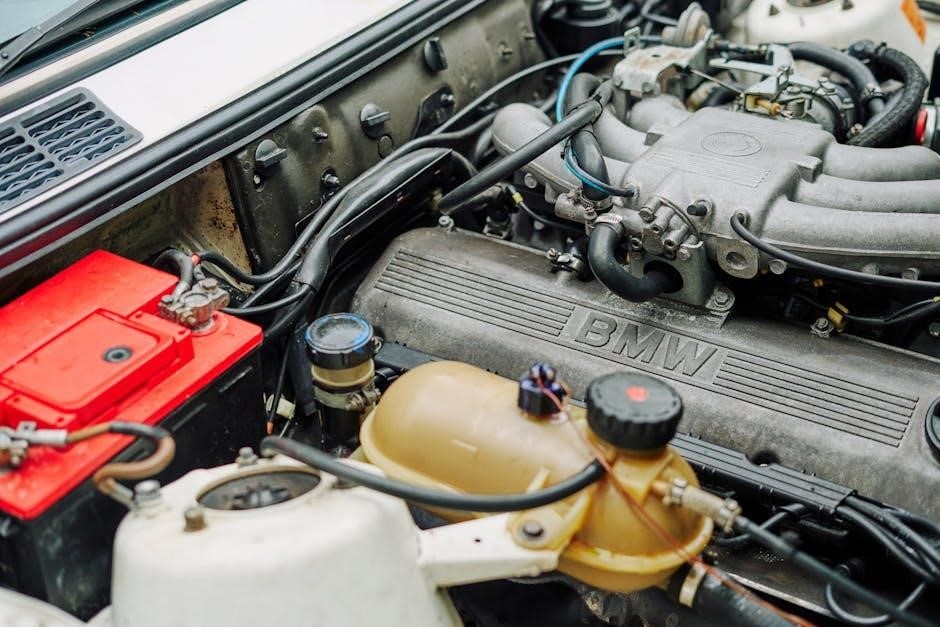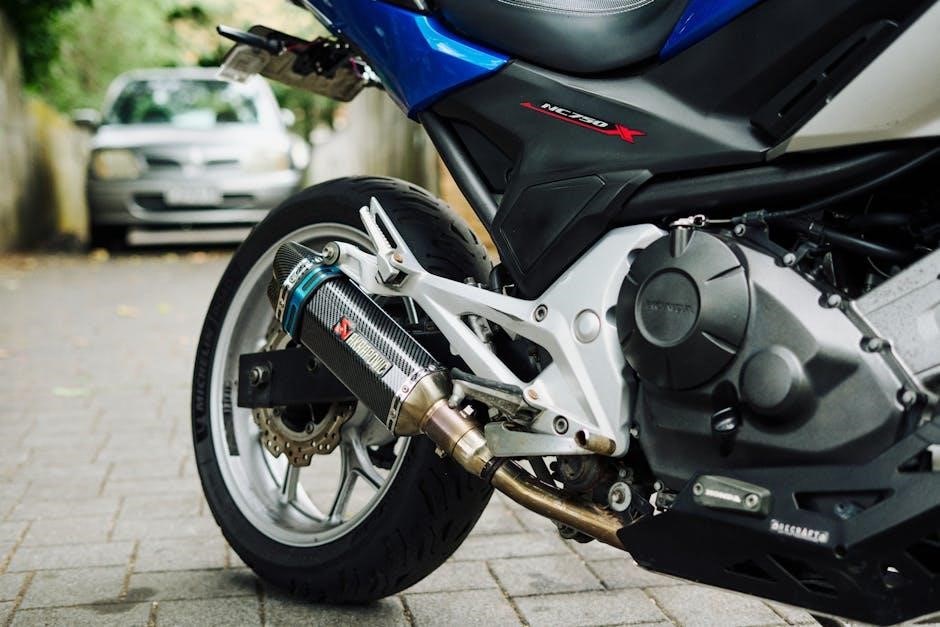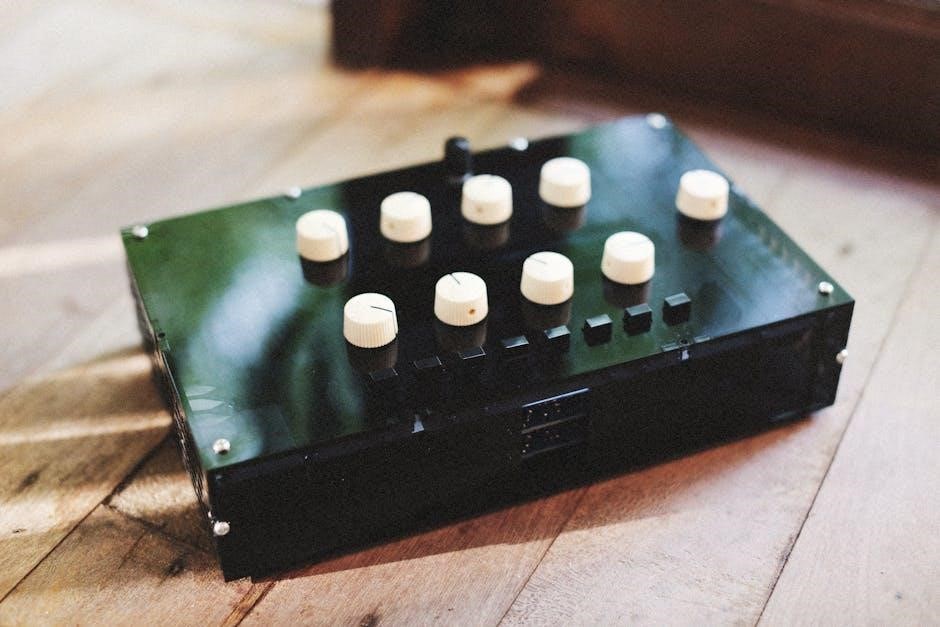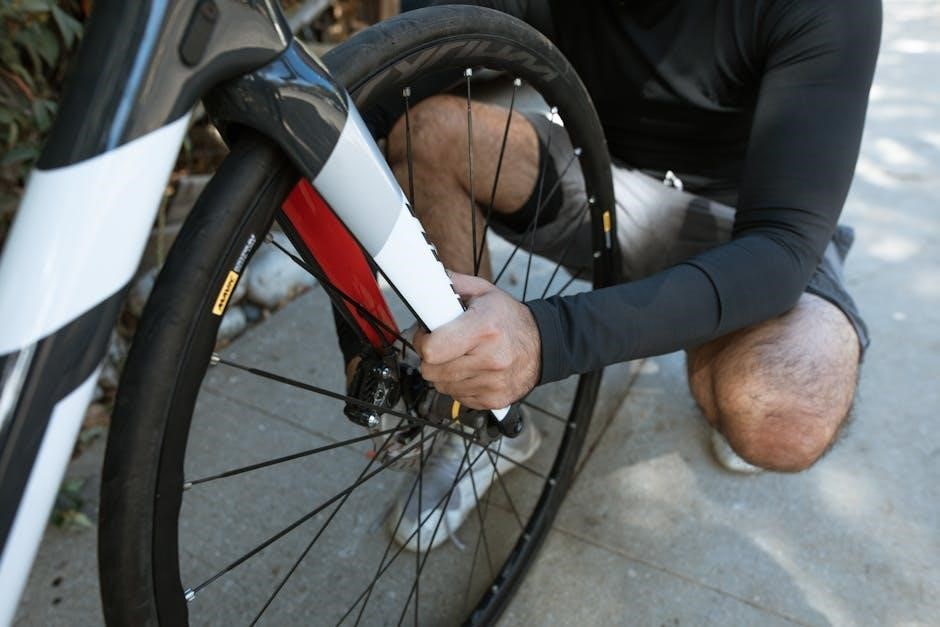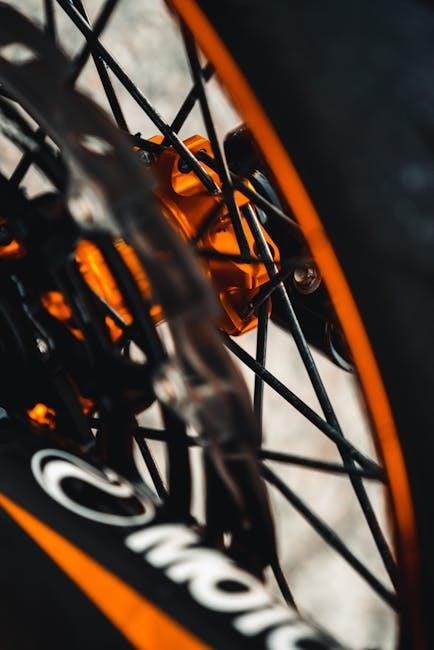free aran knitting patterns to download pdf
Free Aran Knitting Patterns to Download PDF: A Comprehensive Guide
Dive into the rich tradition of Irish knitting! This guide unlocks a treasure trove of free aran knitting patterns, easily available for PDF download, spanning sweaters, accessories, and more.
What is Aran Knitting?
Aran knitting, originating on the Aran Islands of Ireland, is a style characterized by complex cable and textured stitch patterns. Historically, these patterns weren’t merely decorative; they identified families and clans. Today, it’s a beloved craft, with numerous free aran knitting patterns available for download in PDF format.
These patterns offer a beautiful way to create timeless, cozy garments and accessories.

The History and Significance of Aran Stitches
Aran stitches evolved from necessity and tradition. Each stitch held symbolic meaning – cables representing fishermen’s ropes, diamonds signifying wealth, and honeycomb mirroring the bee’s industriousness. Accessing free aran knitting patterns via PDF download allows you to connect with this heritage.
These patterns preserve a cultural legacy, offering a tangible link to Ireland’s past.
Key Aran Stitch Patterns

Aran knitting boasts iconic stitches readily available in free PDF download patterns. Master the twisting beauty of cable patterns, the textured depth of the Honeycomb stitch, and the eye-catching geometry of the Diamond stitch.
These foundational elements form the basis of countless Aran designs, offering endless creative possibilities.
Cable Patterns: The Heart of Aran

Cable patterns define Aran knitting, symbolizing strength and the fisherman’s ropes. Numerous free aran knitting patterns, available as PDF downloads, showcase intricate cable work. From simple twists to complex braids, these designs add dimension and texture.
Explore various cable techniques through accessible, free patterns!
Honeycomb Stitch: A Classic Texture
The Honeycomb stitch, a beloved element in Aran knitting, creates a beautiful, raised texture resembling a bee’s honeycomb. Many free aran knitting patterns, readily available for PDF download, incorporate this classic design. It adds warmth and visual interest to projects.
Discover free patterns to master this timeless stitch!
Diamond Stitch: Adding Visual Interest
The Diamond Stitch, frequently found in free Aran knitting patterns available as PDF downloads, introduces a striking geometric element. This stitch creates raised diamond shapes, adding depth and texture to your knitted fabric. It’s a fantastic way to elevate simple designs.
Explore free patterns and learn this captivating stitch!
Where to Find Free Aran Knitting Patterns
Numerous online resources offer free Aran knitting patterns for PDF download. Websites like Ravelry boast extensive collections, while yarn company blogs frequently share exclusive free patterns. Explore dedicated knitting pattern websites and social media groups for curated lists and direct links.
Don’t forget to check designer websites too!
Popular Free Aran Sweater Patterns (PDF Download)
Discover classic Aran sweaters with readily available free patterns in PDF format. Many designers offer introductory sweater patterns, showcasing traditional cable and stitch work. Ravelry and yarn brand websites are excellent starting points for finding these downloadable designs, perfect for cozy winter wear.
Beginner-friendly options are also available!
Women’s Aran Sweater Patterns
Explore a beautiful selection of free Aran sweater patterns designed specifically for women! Find classic fitted styles, oversized cozy designs, and modern interpretations of traditional Aran stitchwork, all available as PDF downloads. Websites like Ravelry host numerous free patterns, catering to various skill levels and preferences.
Enjoy crafting your perfect Aran piece!
Men’s Aran Sweater Patterns
Discover robust and stylish free Aran sweater patterns tailored for men! These PDF downloads feature classic crewnecks, shawl collars, and intricate cable designs embodying traditional Irish craftsmanship. Many free patterns are available online, offering a range of sizes and complexities to suit different knitters’ abilities.
Create a timeless wardrobe staple!
Free Aran Cardigan Patterns (PDF Download)
Explore a delightful selection of free Aran cardigan patterns available as convenient PDF downloads! These patterns showcase the beauty of traditional stitches in versatile cardigan styles. Find designs ranging from classic, buttoned cardigans to more modern, open-front variations, perfect for layering and adding a touch of Irish heritage to your wardrobe.
Free Aran Accessory Patterns (PDF Download)
Enhance your wardrobe with charming free Aran accessory patterns, readily available for PDF download! Discover patterns for cozy Aran hats and beanies, stylish scarves and cowls, and warm socks and mittens. These projects are excellent for practicing intricate stitches on a smaller scale, offering a quick and satisfying knitting experience.
Aran Hats and Beanies
Free Aran hat and beanie patterns offer a fantastic entry point into this beautiful craft! Numerous PDF downloads showcase classic cable designs and textured stitches, perfect for keeping warm in style. Explore various skill levels, from beginner-friendly ribbed beanies to more complex Aran-inspired headwear.
Aran Scarves and Cowls
Free Aran scarf and cowl patterns provide stylish and cozy projects! Discover a wealth of PDF downloads featuring intricate cable work and traditional Aran stitches. These patterns range from simple beginner designs to more challenging projects, allowing knitters of all levels to enjoy creating beautiful, textured accessories.
Aran Socks and Mittens
Free Aran sock and mitten patterns offer a charming way to experience this classic knit style! Numerous PDF downloads showcase detailed stitchwork on smaller projects, perfect for gifting or personal warmth. Explore designs incorporating traditional cables and textures, bringing the beauty of Aran knitting to your hands and feet.
Free Baby Aran Knitting Patterns (PDF Download)

Delight in crafting miniature masterpieces! Numerous free baby Aran knitting patterns are available as PDF downloads, featuring adorable sweaters, hats, and booties. These patterns often simplify classic stitches for quicker projects, perfect for creating heirloom-quality gifts with the timeless beauty of Aran design.

Understanding Aran Knitting Pattern Instructions
Decoding Aran patterns is key to success! Expect abbreviations for stitches (k for knit, p for purl) and cable instructions often presented in charts. Pay close attention to repeat sections and gauge—matching it ensures proper sizing. PDF downloads frequently include stitch dictionaries and helpful diagrams for clarity.
Recommended Yarn for Aran Knitting
Authentic Aran relies on wool’s warmth and texture. Traditionally, undyed or cream-colored wool was favored, but modern patterns embrace diverse shades. Look for worsted or Aran-weight yarn for classic results. West Yorkshire Spinners The Croft and Shetland Country Aran are popular choices for free PDF patterns.
Resources for Beginner Aran Knitters
Starting Aran knitting? Numerous online tutorials demystify complex stitches. Websites offering free aran knitting patterns often include helpful video guides. Explore Ravelry for community support and pattern assistance. Don’t hesitate to begin with simpler PDF download projects like hats before tackling intricate sweaters!
Tips for Successful Aran Knitting
Mastering Aran requires patience! Use stitch markers extensively when working with cables. Blocking is crucial for defining stitch patterns in your free aran knitting patterns. Carefully read PDF download instructions before starting. Don’t be afraid to unravel and redo sections – practice makes perfect!
Adapting Aran Patterns for Different Sizes
Scaling Aran designs is achievable! When using free aran knitting patterns, check gauge carefully. Adjust needle size to modify dimensions. Increase or decrease stitch counts in multiples, maintaining pattern integrity. PDF download instructions may offer guidance; otherwise, test swatches are vital for a perfect fit.
Troubleshooting Common Aran Knitting Issues
Encountering difficulties with your Aran project? Uneven cables often stem from inconsistent tension. Dropped stitches require careful pickup; utilize tutorials. Free aran knitting patterns’ PDF downloads may lack detailed help – online forums offer solutions. Remember, patience and a stitch marker are your allies!
Aran Knitting Beyond Sweaters: Modern Applications
Expand your Aran skills! While classic sweaters remain popular, free aran knitting patterns inspire contemporary designs. Think textured cushions, cozy blankets, or stylish bags. PDF downloads showcase innovative uses of traditional stitches. Embrace the versatility – Aran isn’t limited to garments; it’s a beautiful textural element!
Copyright and Usage of Free Patterns
Respect creator rights! While free aran knitting patterns in PDF format are generously shared, understand usage terms. Many designers permit personal use only; selling items made from these patterns is often prohibited. Always check the license accompanying each download. Proper attribution is appreciated, supporting the knitting community!

Explore timeless cable designs! Discover a curated collection of free Aran knitting patterns available as PDF downloads, perfect for cozy projects.
Aran knitting, originating from the Aran Islands of Ireland, is a style characterized by intricate textured stitches. These stitches aren’t merely decorative; traditionally, each family held unique patterns, identifying their lineage.
Free Aran knitting patterns allow you to experience this heritage. The stitches—cables, diamonds, and honeycomb—create dense, warm fabrics, ideal for sweaters and accessories. Downloading PDF patterns unlocks this beautiful craft!
Aran stitches evolved from necessity on the remote Aran Islands. Fishermen needed incredibly warm, durable clothing, leading to the development of these dense, textured patterns. Free Aran knitting patterns preserve this history.
Each stitch held symbolic meaning – cables representing ropes, diamonds signifying wealth. Now, with PDF downloads, you can connect to this heritage and create your own meaningful pieces!
Aran knitting boasts iconic stitches, readily available in free patterns for PDF download. Master the twisting beauty of cable patterns, the foundational element of many designs. Explore the classic texture of the Honeycomb stitch, and add depth with the visually striking Diamond stitch.
These stitches, found in countless free aran knitting patterns, create warmth and timeless appeal.
Cable patterns define Aran knitting, and numerous free patterns in PDF format showcase their intricate beauty. From simple twists to complex braids, these designs symbolize ropes and fishing nets; Discover free downloads featuring single, double, and triple cables, adding texture and depth to your projects.
Explore free aran knitting patterns centered around these iconic elements!
The Honeycomb stitch, a staple in Aran knitting, creates a beautiful, raised texture resembling a bee’s honeycomb. Many free aran knitting patterns available as PDF downloads incorporate this classic design. It’s often used in sweaters and accessories, adding warmth and visual interest.
Find free patterns to practice this timeless technique!

The Diamond Stitch, frequently found in free Aran knitting patterns offered as PDF downloads, introduces a striking geometric element. This textured stitch creates raised diamond shapes, enhancing the visual appeal of garments like sweaters and accessories. It’s a beautiful way to add depth and complexity.
Explore free patterns showcasing this lovely stitch!
Numerous online resources offer free Aran knitting patterns in PDF format. Websites dedicated to knitting, like Ravelry, boast extensive collections. Many yarn companies also provide free patterns to promote their products. Blogs and individual designers frequently share free downloads, expanding your options.
Discover classic Aran sweaters with readily available free PDF patterns! Explore timeless cable designs and textured stitches. Websites showcase patterns for both women’s and men’s sweaters, offering various skill levels. These free downloads allow you to create authentic Irish knitwear without cost.

Explore a delightful range of free Aran sweater patterns designed specifically for women! Find PDF downloads featuring flattering silhouettes and intricate stitchwork. Many patterns showcase traditional cable designs, while others offer modern twists. These free resources cater to diverse skill levels, from beginner-friendly to advanced knitters.
Discover robust and classically styled free Aran sweater patterns tailored for men! Numerous PDF downloads present timeless designs with authentic cable detailing; These patterns often feature heavier-gauge yarns for warmth and durability. Whether you prefer a traditional fisherman’s knit or a contemporary take, free options abound for all skill levels.
Explore a delightful selection of free Aran cardigan patterns available as convenient PDF downloads! These patterns showcase the beauty of traditional Irish knitwear in a versatile cardigan style. Find designs ranging from classic, buttoned cardigans to more modern, open-front variations. Enjoy crafting cozy, textured layers with these free resources.
Enhance your wardrobe with beautifully crafted Aran accessories! Discover a wealth of free knitting patterns, readily available for PDF download. From intricately cabled hats and cozy beanies to stylish scarves and warm cowls, these patterns offer quick and satisfying projects. Complete your look with Aran-inspired socks and mittens!
Keep warm with stunning Aran hats and beanies! Numerous free knitting patterns, available as PDF downloads, showcase classic cable designs and textured stitches. These projects are perfect for beginner to intermediate knitters, offering a quick and rewarding way to experience Aran knitting’s beauty and heritage.

Elevate your winter wardrobe with beautifully textured Aran scarves and cowls! Discover a wealth of free knitting patterns in PDF format, featuring intricate cable work and traditional Aran stitches. These projects range in complexity, providing options for all skill levels seeking cozy, handcrafted accessories.
Keep hands and feet wonderfully warm with charming Aran socks and mittens! Numerous free knitting patterns are available as PDF downloads, showcasing classic Aran designs. These smaller projects are perfect for practicing stitches and creating delightful, handmade gifts with traditional Irish flair and cozy warmth.
Welcome a little one into the world with lovingly crafted Aran knitwear! Discover a delightful selection of free baby Aran knitting patterns available for instant PDF download. From adorable booties and hats to cozy sweaters and blankets, these patterns bring timeless Irish tradition to the smallest members of your family.
Decoding Aran patterns is key to success! Free Aran knitting patterns, often in PDF format, utilize specific abbreviations for stitches like cables (C), twists, and textured rows. Familiarize yourself with common terms, gauge requirements, and chart symbols to confidently navigate these beautiful, traditional designs.
Authentic Aran knitting thrives with wool – traditionally, undyed sheep’s wool. For free Aran knitting patterns and PDF downloads, consider worsted weight yarns for classic texture. Brands like West Yorkshire Spinners and Rowan offer excellent options. Prioritize warmth, durability, and stitch definition for stunning results!
Embark on your Aran journey! Websites offering free Aran knitting patterns often include beginner guides. YouTube tutorials demonstrate essential techniques. Ravelry is a fantastic community for support and PDF pattern access. Practice basic stitches before tackling complex cables – patience is key to mastering this craft!
Achieve stunning Aran results! Always use stitch markers, especially for cable patterns found in free PDF downloads. Block your finished projects to enhance stitch definition. Don’t be afraid to unravel and redo sections – accuracy matters. Consistent tension is crucial for a polished look.
Customize your Aran knits! When using free PDF patterns, check gauge carefully. Adjust needle size for accurate sizing. Increase or decrease stitches evenly, maintaining pattern repeats. For larger sizes, add rows or repeats of cable/stitch patterns. Smaller sizes require reducing these elements proportionally for a balanced design.
Don’t let challenges stop you! With free Aran patterns, dropped stitches are common – use a crochet hook to recover them. Twisted stitches happen; carefully unravel and re-knit. Uneven cables? Ensure consistent tension. Miscounted rows? Check against the PDF pattern frequently. Blocking helps even out stitches and defines cables beautifully.
Expand your creativity! While classic Aran sweaters reign, free patterns inspire modern twists. Knit textured cushions, cozy blankets, or stylish bags. Incorporate Aran cables into contemporary garments like cardigans or even hats. PDF downloads offer endless possibilities – explore wall art, unique home décor, and innovative accessories!
Respect creator rights! While free Aran knitting patterns (PDF downloads) are generously shared, understand usage terms. Many designers permit personal use only; selling finished items may be prohibited. Always check the pattern’s license before distributing copies or creating commercial products. Acknowledge the designer’s work – proper attribution is key!





